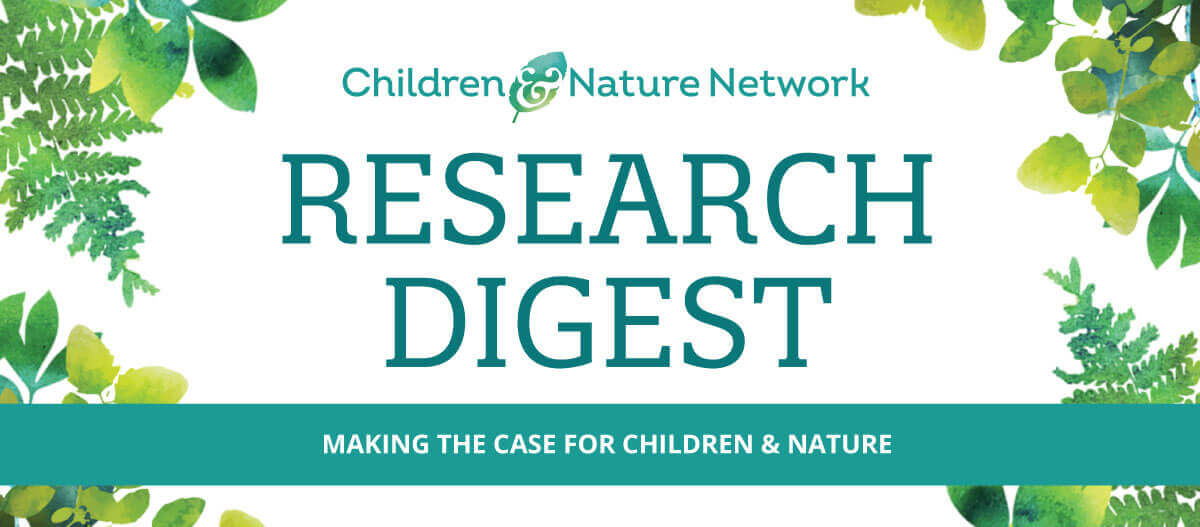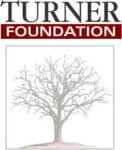Policy and public sector leadership
Longstanding systems of injustice have impacted the design and distribution of green spaces, often limiting access to marginalized groups. New policies and public sector leadership are needed at every level of governance to effectively address the social, economic and individual barriers many people face in accessing nature and experiencing the benefits it has to offer. Equitable access to nature is achieved when all members of a community, regardless of race, income, ability, identity or address, have regular opportunities to spend time in healthy green spaces that are nearby, safe, welcoming and culturally relevant.
Strategic greenspace planning can play an important role in reducing health disparities
This systematic review of the literature provides evidence of green space providing more protective health effects for disadvantaged populations than for privileged groups. Findings also show that public green spaces/parks provide stronger protective effects for lower-SES populations than green land covers. Enacting greenspace policies based on these findings could promote health equity in a community. Populations living in every continent except Africa were included in this review.
Rigolon et al. 2021. Green space and health equity: A systematic review on the potential of green space to reduce health disparities.
Visitors to urban parks in the global South value parks for the multiple benefits they provide but gender- and income-related barriers limit access
Information from interviews and focus group discussions indicates that wealthier residents in Hyderabad, India enjoy the recreational benefits of urban parks. Less advantaged residents, however, face various barriers to accessing the mental and physical health benefits parks can provide. Findings suggest that city planners could make parks more accessible by considering ecosystem provisioning services (food and fodder), not just recreational interests.
Basu & Nagendra, 2021. Perceptions of park visitors on access to urban parks and benefits of green spaces.
Citizen-based policing can limit the presence and activities of youth of color in neighborhoods undergoing environmental gentrification
This study found that white residents often used citizen-based policing in response to what they perceived as disorderly conduct by youth of color on an urban greenway in gentrifying neighborhoods in Chicago, Illinois (US). Youth of color tended to self-segregate and stop using the greenway. Planners and policymakers have an important role to play in addressing this form of environmental injustice.
Harris, Rigolon & Fernandez, 2020. “To them, we’re just kids from the hood”: Citizen-based policing of youth of color, “white space,” and environmental gentrification.
The COVID-19 pandemic experience could potentially change urban public space perceptions, planning, and use
Researchers from five different countries present some preliminary questions, ideas, and conjectures about how the COVID-19 pandemic may change public space. They base their discussion on the premise that post-pandemic public space planning should make environmental justice a priority. One of their questions relates to whether or not post-COVID planners will succeed in making public spaces “truly accessible, inclusive, and welcoming to all residents, especially vulnerable groups.”
Honey-Rosés et al. 2020. The impact of COVID-19 on public space: An early review of the emerging questions – design, perceptions and inequities.
High-quality parks and safe, walkable, built environments can enhance neighborhood social capital in low-income communities of color
Surveys completed by 1,611 parents living in low-income communities of color in the United States showed that parents have concern about neighborhood walkability, crime, and traffic. Surprisingly, park use and social capital (value derived from positive connections between people) were not strongly related, however, park satisfaction was. Cities hoping to enhance social capital in vulnerable communities should consider investing in quality parks and environmental features that support positive social interactions.
Mullenbach et al. 2022. Cultivating social capital in diverse, low-income neighborhoods: The value of parks for parents with young children.
Making informal greenspaces available for recreation could help reduce inequity in access to nature
This study – conducted in two European cities, Warsaw and Lodz – found that that over 80% of residents in both cities have limited access to formal green space. The study also found that informal green spaces (IGS) constitute a significant resource of greenness in both cities, but that these spaces are generally not open for recreation. City policies keeping IGS from development and available for recreation could make access to nature more equitable, especially for children and the elderly.
Sikorska et al. 2020. The role of informal green spaces in reducing inequalities in urban green space availability to children and seniors.
Understanding urban park uses and evaluating visitor perspectives can help create more accessible, welcoming spaces
Information collected from on-site observations and park visitor interviews in 15 urban parks in Portland, Oregon (US) highlights the need for urban park planners, governmental agencies, and community groups to identify and address the diverse range of visitor preferences across urban park types. Doing so may help create more accessible, welcoming spaces that support the physical and mental health of diverse groups of people in their communities.
Talal & Santelmann, 2021. Visitor access, use, and desired improvements in urban parks.
Equity-focused planning and policies can reduce distributional injustice often found in urban parks
Findings from an assessment of quality of 102 parks in Hong Kong along with city census data showed that more economically disadvantaged communities had parks with fewer active facilities and less diverse active facilities and supporting amenities. This study provides evidence of distributional injustice for urban parks in high-density cities and can ground the development of urban planning strategies to address these issues.
Zhang et al. 2021. The neighborhood socioeconomic inequalities in urban parks in a high-density city: An environmental justice perspective.





